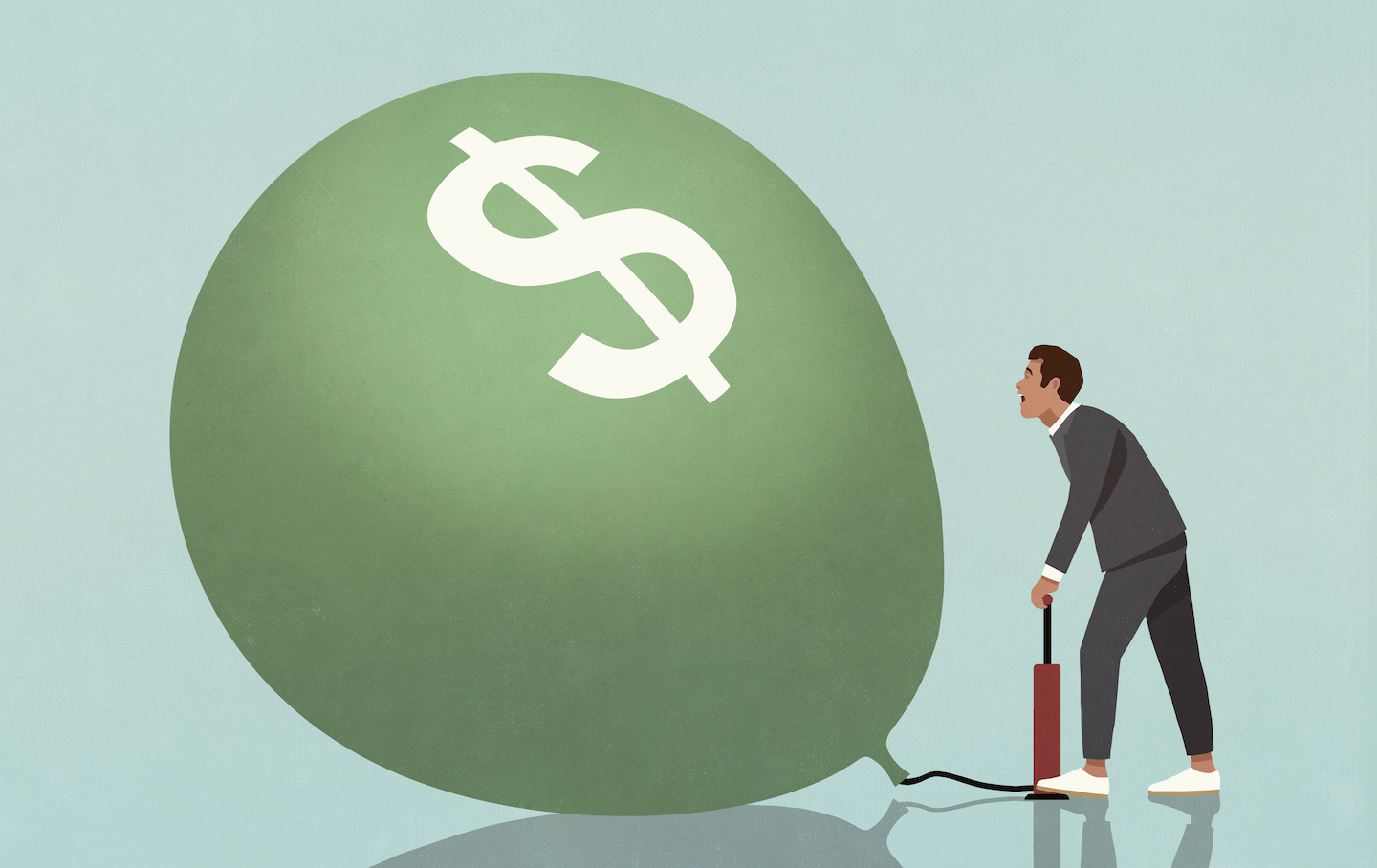Older adults generally have less debt than younger ones because people tend to get rid of debt as they approach and enter retirement. But in recent decades, each cohort of older people has been more indebted than the last.
“There is a group of seniors in financial difficulty,” said Annamaria Lusardi, an economist at George Washington University. “They are heavily in debt; they carry high cost debt. They are contacted by collection agents. They are not going to enjoy their golden age.
Dr. Mudrazija and her co-author, Barbara Butrica, a senior researcher at the institute, used data from the National Health and Retirement Study and calculated that in 1998, about 43% of Americans over 55 had debt, a median of $40,145. In 2016, about 57% had debt and more: a median of $62,784, adjusted for inflation.
The proportion with debt representing 30% of their total assets had risen to nearly 45%, and the proportion with a debt-to-asset ratio at an alarming 80% nearly doubled, to 15%.
Although seniors with debt were more likely to experience health problems, the type of debt mattered, according to the studypublished by the Boston College Center for Retirement Research.
Secured debt, like mortgages and other home loans, is backed by an asset: housing. This debt increased among older borrowers as house prices soared and interest rates remained low. “It’s less and less the norm for people to pay off their mortgage before retirement, the traditional model,” Dr Mudrazija said.
But secured debt seemed less damaging to health than unsecured debt like credit card balances, student loans and late medical payments, which typically command higher interest rates. About 24% of seniors’ debts were unsecured in 1998; by 2016, the proportion had risen to 35%.












